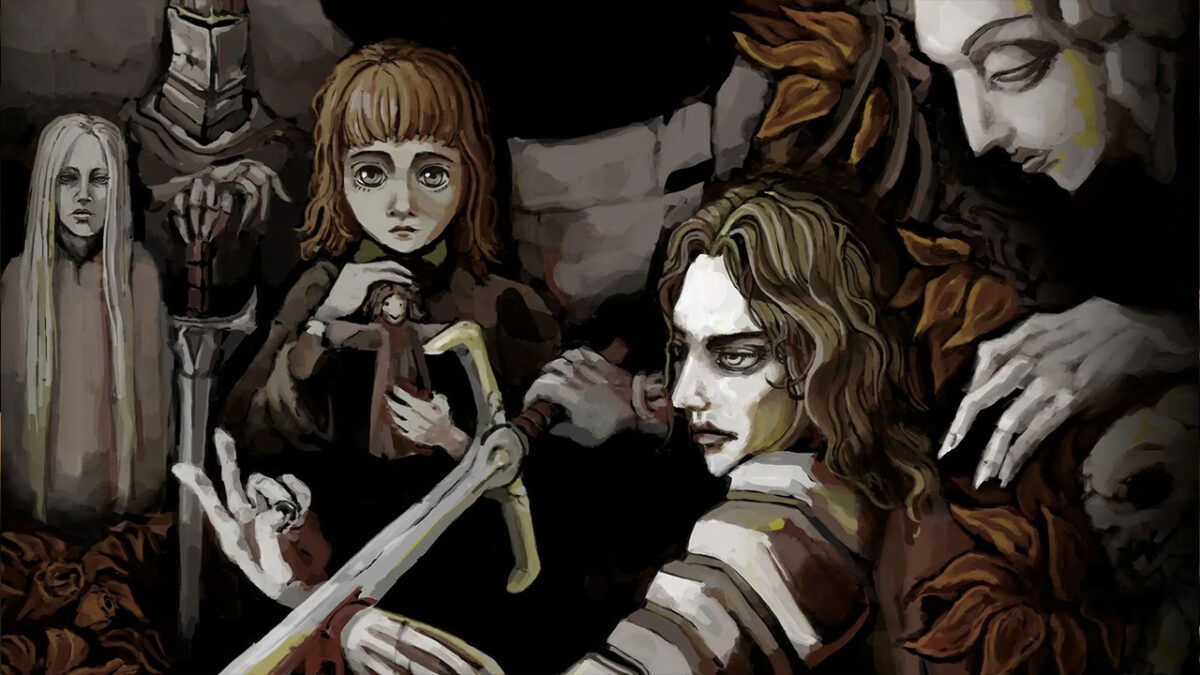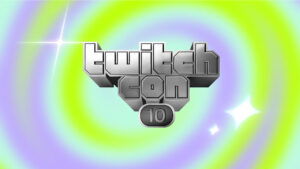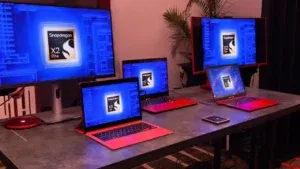Perhaps it is simply a case of not knowing what you have until it’s gone, but lately, I find myself drawn to the allure of turn-based RPGs. In a world where turn-based staples are now under the helm of action-game directors, which is the case for the latest Final Fantasy, the charm of getting lost in a game where every step you take can potentially result in harrowing encounters with the unknown feels like a reminder, that despite the progress of technology in games, there is something to be said at the simple pleasures of a good turn-based roleplaying experience.
Chief among modern turn-based releases, RPG Maker stands tall. Titles such as the indie classic To the Moon and newer breakout hits like Omori have found success, undoubtedly aided by their heartfelt and poignant narratives built on a solid turn-based foundation. Conversely, at the other end of the spectrum, 2018’s Fear & Hunger by Finnish game developer Miro Haverinen dramatically shakes things up.
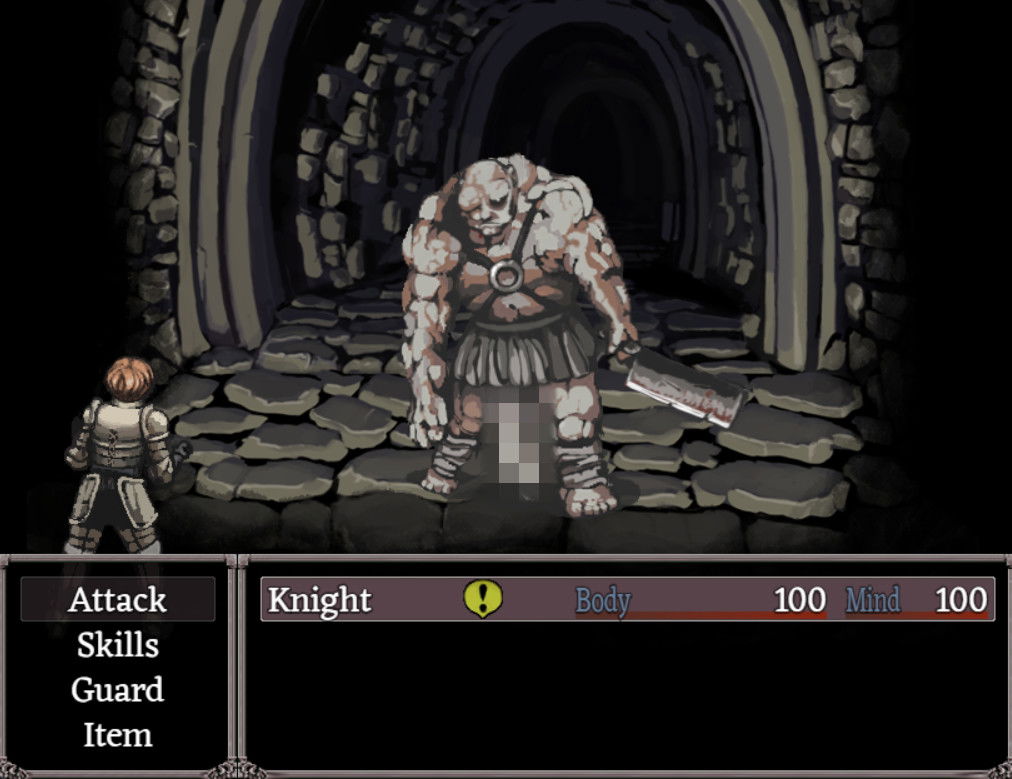
This game eschews the tried and tested reliance on engaging storytelling, instead captivating those who can stomach it with a dark and twisted approach. It delves deeply into uncomfortable and, in some instances, triggering subject matters, breaking away from the conventional trappings of a typical RPG experience.
“The real drive, at least for me, is the sense of discovery when making progress in Fear & Hunger.”
Fear & Hunger and its 2022 sequel, Fear & Hunger 2: Termina, stand out amongst the sea of SNES-era inspired JRPG clones and spiky-haired anime protagonist-laden titles with a game series that relishes in its dark fantasy aesthetic, combined with a Lovecraftian-inspired story in a tough-as-nails and equally hard to swallow duology of pain.
Starvation, infection, bludgeoning, falling from heights, or straight-up murder, there may not be a more aptly titled game than Fear & Hunger, and that’s not even mentioning all the various ways you can end up dead in the RPG Maker game. If it wasn’t already painfully obvious, Fear & Hunger and its sequel are tough games. Yet, they both share the uncanny ability to seemingly draw you back in regardless of how many times your run ends prematurely.
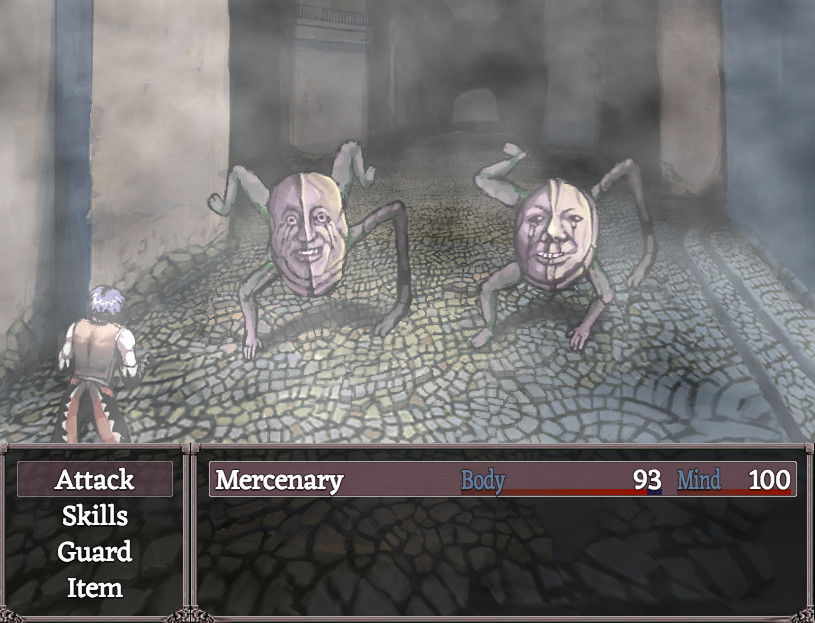
Unlike other challenging games like, for example, Dark Souls, or more appropriately, Bloodborne, which for many rewards its punishing difficulty with those who can overcome it, with a sense of accomplishment and a deep understanding of its gameplay mechanics, Fear & Hunger, instead is a fairly straightforward experience, rightly so, as the game feels very much akin to a classic 16-bit RPG. Instead, the difficulty in Fear & Hunger stems from its subversion of gameplay expectations.
“Fear & Hunger, instead is a fairly straightforward experience, rightly so, as the game feels very much akin to a classic 16-bit RPG.”
Closer in its mechanics to something like the Shin Megami Tensei series and everyone’s other favourite indie breakout hit, Undertale, Fear & Hunger forgoes grinding in favour of mastering your character and party traits, often asking the player to think outside the box, explore and gradually grow in power, often via communion with many a eldritch nightmare. In fact, battles in Fear & Hunger are often discouraged, with the better outcome usually being to flee, or the very least, come back later when you have a stronger person in your party of unfortunate souls.
But the real drive, at least for me, is the sense of discovery when making progress in Fear & Hunger. Figuring out a particularly tricky floor or somehow managing to recruit an optional character or learn a powerful spell feels truly special and unique, in part due to the vague and challenging gameplay loop, but more than that, Fear & Hunger’s reliance on RPG Maker and the fact that a single individual made it, imbues the series with a certain, almost antiquated charm of a game from a different era.
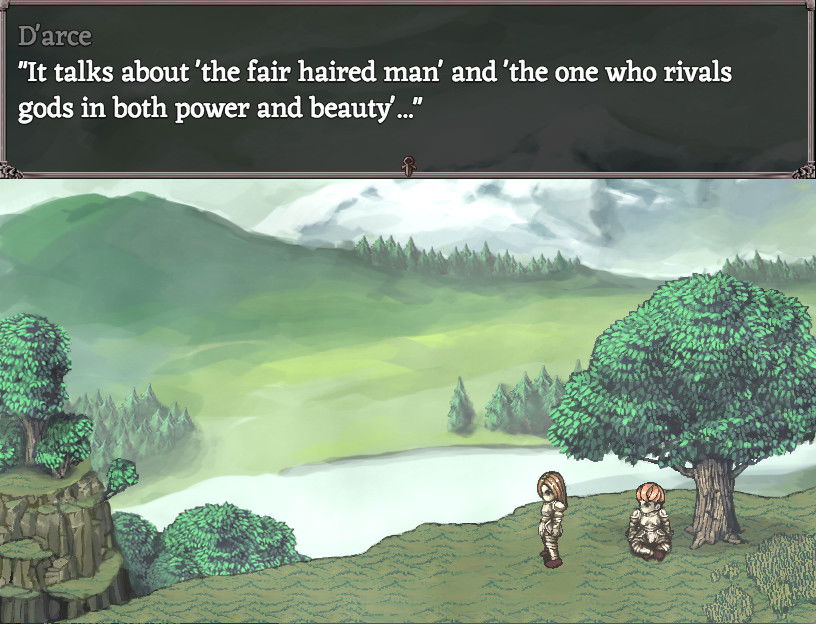
Coupled with the often exceedingly dark subject matter, the more straightforward reliance on 2D art in Fear & Hunger helps meditate and make the otherwise grisly and disturbing imagery more palatable without compromising the intent or atmosphere of the scene. In other words, playing Fear & Hunger and its sequel feels akin to playing some long-lost and obscure game from the 90s, perhaps one deemed far too inappropriate for the era, now lost in time, only to be rediscovered by the cult following it has garnered since its inception.
If you’re a fan of RPGs, or you have a love for dark fantasy, eldritch horror, and metal music, or simply have a penchant for pain in your games, Fear & Hunger and its sequel are essential indie experiences worth losing your sanity over.
